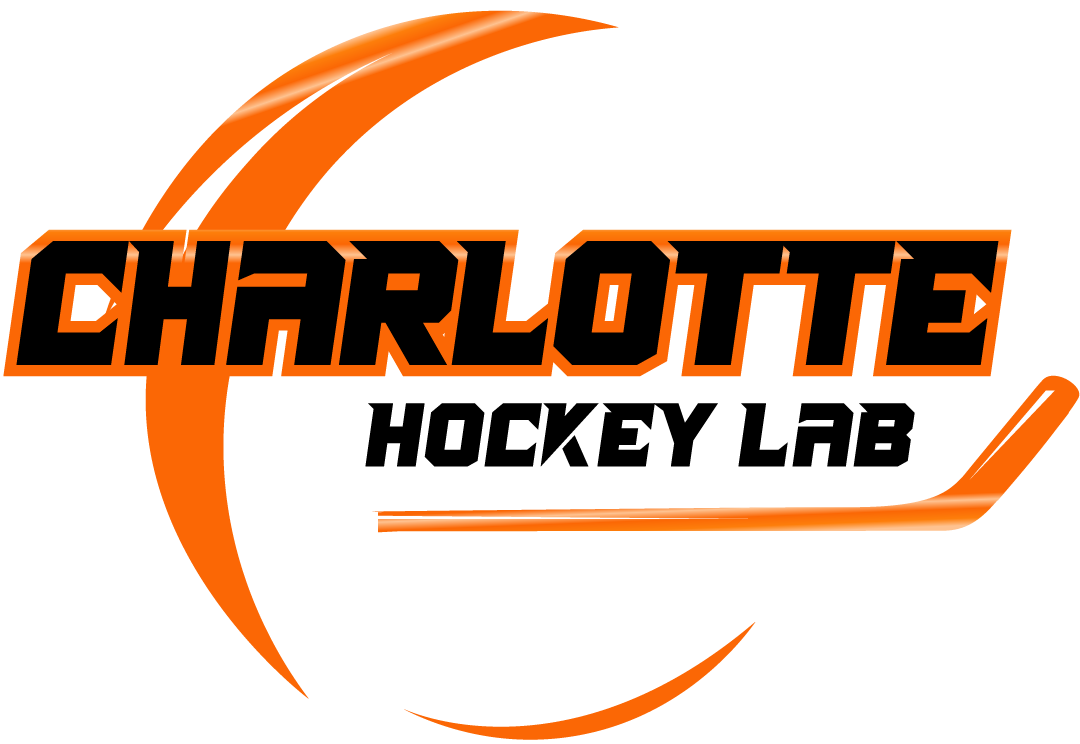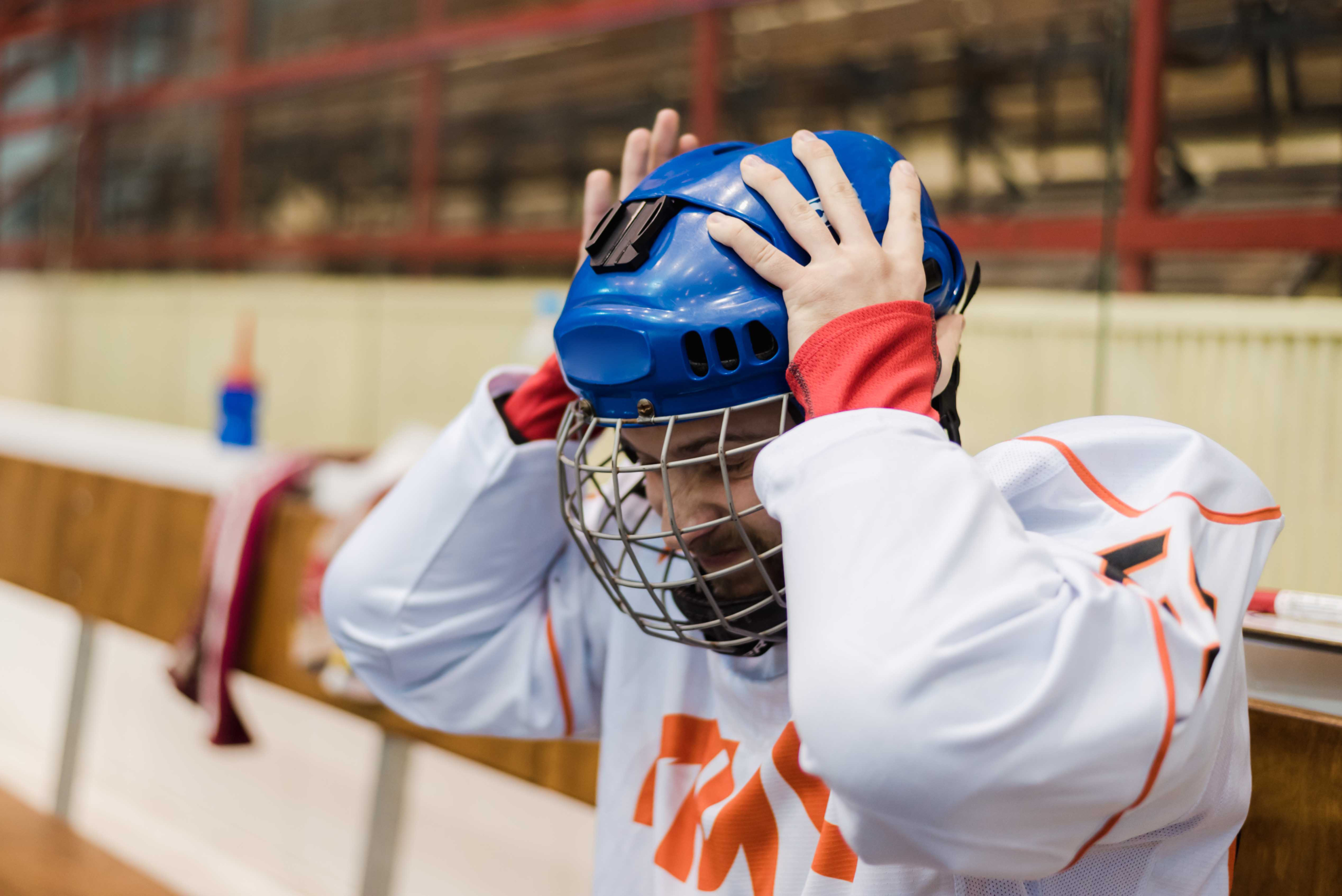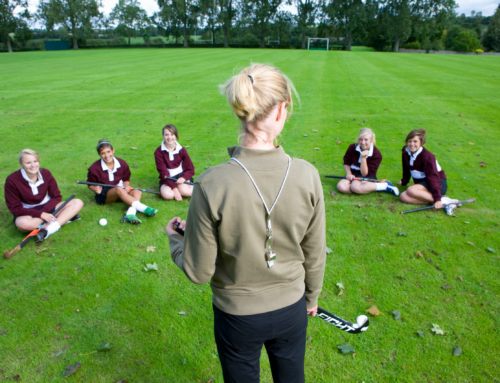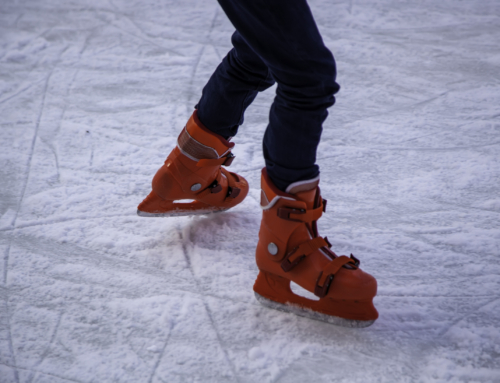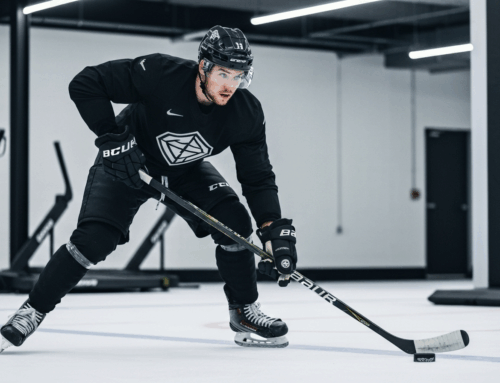Master Hockey Skills: Simulated ice hockey training solutions
Internal Note: External resource links found: 1. `https://www.hockeycanada.ca/en-ca/hockey-programs/players/essentials/positions-skills/off-ice` (Hockey Canada Off-Ice Training) 2. `https://www.researchgate.net/publication/261883196_The_Effect_of_a_Complex_Training_Program_on_Skating_Abilities_in_Ice_Hockey_Players` (Research on Off-Ice Training Effectiveness) Internal link search results: Predecessor article: The original content about ShiftBike X3 was from PR.com, not the company’s blog. No direct predecessor internal article found. Blog posts: Found 2 relevant links related to VR training and skill refinement labs, which are forms of simulated training. – `https://charlottehockeylab.com/2025/06/05/boost-hockey-iq-with-vr-training-see-the-ice-better/` – `https://charlottehockeylab.com/2025/06/08/precision-training-at-the-individual-hockey-skill-refinement-lab/` Product pages: No relevant links found after 1 attempt with query simulated ice hockey training products. Site pages: No relevant links found after 1 attempt with query simulated ice hockey training information. Proceeding with 2 internal links from blog posts and 2 external resource links.
The Ice Time Challenge Why Off-Ice Hockey Training is Essential
For any ambitious hockey player, securing consistent ice time is a perpetual challenge. Between league schedules, public skates, and the sheer cost of rink rentals, opportunities to hone skills on the ice can be limited. Yet, the drive to improve remains strong. This is where the power of off-ice training, particularly through innovative simulated ice hockey training solutions, becomes not just beneficial, but essential. While nothing can fully replicate the feel of actual ice, advanced off-ice methods offer a highly effective alternative for developing critical hockey-specific skills, strength, and endurance.
Many players and coaches recognize that true hockey development extends beyond the rink. Off-ice training provides a controlled environment to focus on weaknesses, reinforce proper mechanics, and build the physical foundation necessary for on-ice success. It allows for repetitive practice of fundamental skills without the added complexities and distractions of a full ice surface. Moreover, incorporating dedicated off-ice training into a player’s routine helps bridge the gap between limited ice availability and the desire for continuous improvement, ensuring that every minute spent training is maximized for performance gains. For a broader understanding of off-ice development, Hockey Canada provides valuable insights on off-ice training strategies.
Elevating Your Game Exploring Innovative Simulated Ice Hockey Training Solutions
The evolution of hockey training has led to remarkable advancements in simulated ice hockey training solutions. These tools and technologies are designed to mimic the unique demands of the game, providing players with realistic environments to practice and refine their abilities. From sophisticated shooting pads that replicate ice glide to virtual reality (VR) systems that plunge players into game scenarios, the options are diverse and increasingly effective. These simulated environments are not merely substitutes; they are purpose-built platforms for focused development, enabling players to isolate specific skills and work on them with precision and high repetition.
Modern simulated training goes beyond basic stickhandling aids. It encompasses complex systems that measure shot speed, analyze stride mechanics, and even track decision-making in pressure situations. The goal is to provide a holistic training experience that translates directly to improved on-ice performance. For example, VR training allows players to develop their hockey IQ by simulating real-game situations, sharpening their mental processing under pressure. You can delve deeper into how to Boost Hockey IQ with VR Training and see the ice better.
Building Core Hockey Skills Beyond the Rink
Off-ice training is crucial for building the foundational skills that underpin success in hockey. It allows players to concentrate on elements like stickhandling, shooting, passing, and even skating mechanics in a deconstructed environment. Consider stickhandling: while on-ice practice is vital, off-ice drills with pucks and specialized surfaces allow for endless repetitions, building muscle memory and puck control without the pressure of an active game. Similarly, shooting pads and nets enable players to work on shot accuracy and power from various angles, reinforcing proper form without needing to retrieve pucks from across the rink.
Beyond skill-specific drills, off-ice training also focuses on developing core hockey athleticism. This includes strength training, cardiovascular conditioning, and plyometrics to build explosive power and endurance. Core stability workouts are particularly important, as a strong core is fundamental for balance, shot power, and effective body checking. By dedicating time to these physical attributes off the ice, players can enhance their overall athletic profile, directly contributing to improved speed, agility, and puck protection during gameplay. Research has consistently shown the positive impact of comprehensive off-ice training programs on on-ice performance, highlighting its efficacy in enhancing explosive and maximum strength, repeated sprint ability, and overall fitness. For more academic insights into the effectiveness of such programs, refer to studies like The Effect of a Complex Training Program on Skating Abilities in Ice Hockey Players.
From Shift to Stickhandling How Off-Ice Tools Replicate On-Ice Intensity
One of the primary challenges in off-ice training is replicating the intensity and dynamic nature of on-ice play. However, modern simulated ice hockey training solutions are increasingly effective at doing just that. Tools like skating treadmills, which allow players to skate on a moving surface, provide an unparalleled opportunity to work on stride mechanics, endurance, and speed in a controlled setting. These systems can simulate varying resistance and inclines, pushing players to their limits just as they would be during a strenuous shift.
For stickhandling and shooting, advanced synthetic ice surfaces offer a realistic glide, allowing players to feel the puck and practice intricate maneuvers. Combined with interactive shooting targets and passing machines, these setups create a dynamic training environment that demands quick reactions and precise execution. The ability to simulate high-intensity bursts, followed by periods of rest, mirrors the interval nature of hockey shifts, making these off-ice tools invaluable for improving game-specific conditioning and skill application. The comprehensive approach to training offered by facilities focused on individualized development, such as those found in a Precision Training at the Individual Hockey Skill Refinement Lab, further showcases how off-ice methods can replicate real-game demands.
Choosing the Right Off-Ice Equipment for Every Skill Level
Selecting the appropriate simulated ice hockey training solutions is crucial for maximizing their benefits, and the choice often depends on a player’s skill level and specific training goals. For beginners, basic stickhandling balls, shooting pads, and mini nets are excellent starting points. These tools help develop fundamental puck control and shooting accuracy in a low-pressure environment, building confidence before progressing to more complex drills.
Intermediate players might benefit from more advanced equipment such as full-sized synthetic ice tiles, rebounders for passing practice, and portable shooting cages. These allow for a wider range of drills and the development of more complex skills like one-timers and saucer passes. For advanced and professional players, the emphasis shifts to high-tech solutions that offer detailed performance analytics. This can include sensor-equipped pucks and sticks, advanced shooting lanes with instantaneous feedback on shot metrics, and sophisticated skating treadmills that precisely measure power output and stride efficiency. The key is to choose equipment that challenges the player appropriately and provides tangible feedback for continuous improvement.
Integrating Off-Ice Training for Peak Hockey Performance
The true power of simulated ice hockey training solutions lies in their integration into a well-rounded training regimen. Off-ice work should complement, not replace, on-ice practice. A balanced approach ensures that players develop both the technical skills and the physical attributes necessary to excel. Coaches often design programs that interweave strength and conditioning, skill-specific dryland drills, and traditional ice time, creating a synergistic effect where improvements in one area enhance performance in another.
For optimal results, consistency is paramount. Regular off-ice sessions, even short ones, can lead to significant gains over time. Players should aim for a structured routine that addresses all facets of the game, including skating mechanics, stickhandling, shooting, and overall physical fitness. Utilizing the data and feedback provided by advanced simulated training equipment can help tailor these routines, ensuring that every training session is efficient and effective. Ultimately, by embracing the diverse array of off-ice tools and methodologies available, hockey players can unlock their full potential and achieve peak performance on the ice, making the most of every opportunity to train, learn, and grow.
Have questions? Contact us here.

We use only the finest ingredients to produce stellar tastes.
